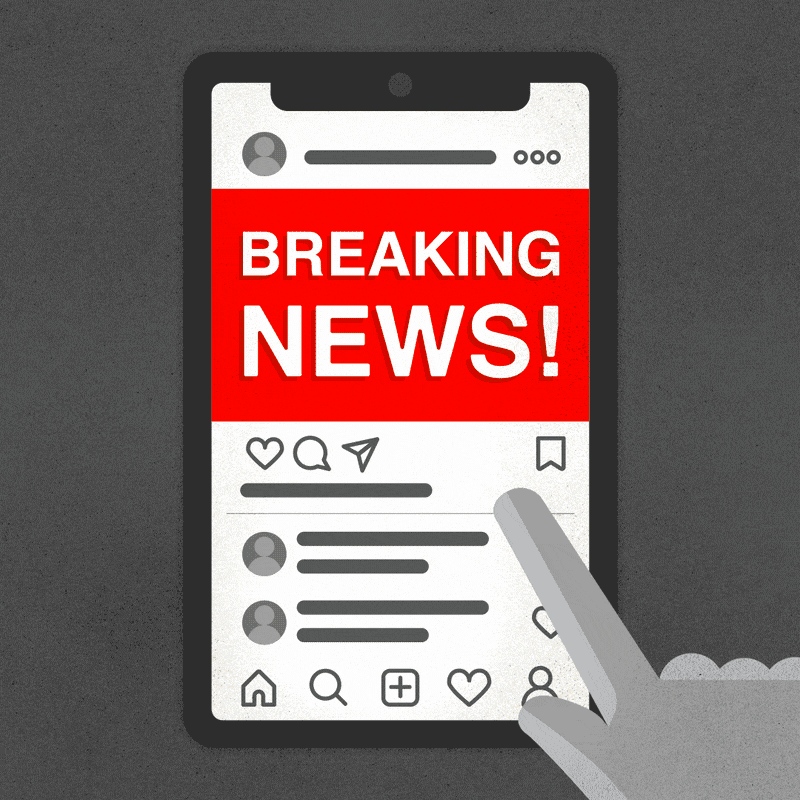Times of crisis breed panic and confusion, and the first place many people go to share their thoughts, opinions and concerns is social media. Many also prefer to get their news on social. According to a Crisp’s crisis impact study, nearly 47% of respondents cited social media as their preferred channel for receiving communication from a brand about a crisis, and 66% stated that they are unlikely to purchase from a brand that responds poorly to a crisis.
Now we know that managing a social media community on a normal day is demanding, and doing so during a crisis is even more so – especially given consumers’ expectations. Plus, customer sensitivity and brand visibility are significantly heightened, which raises the stakes on each and every proactive post and responsive comment.
What is a brand to do?
A social media crisis response plan helps to protect your brand’s reputation, correct misinformation and provide transparency in a world where people crave authenticity.
Here are four tactics to focus on when creating your plan to evolve your social media strategy for a crisis:
1) Identify the important players and make a game plan
Social media is a major part of an overall crisis approach. It gives organizations a true sense of people’s concerns, questions and praise in both good and bad times. Proper planning for a crisis is key, and that starts with clearly detailing the chain of communication, including social media.
Lay out a prioritized process that highlights different types and severities of issues. This could include operational complaints, changes in policy, health and safety concerns, and more. Next, clearly outline who will be contacted when these issues arise, who will craft social responses, who will approve them and who will handle follow-ups with each customer and/or internally. Having this will allow you to troubleshoot each question efficiently and provide responses in a swift, organized manner.
2) Determine if social messages need to be newly created or updated
As the crisis unfolds, be mindful of what is resonating with people, and be open and nimble about shifting messaging to be more sensitive and more helpful – in other words, more about people vs. your product. Customers want to feel heard and respected, and their BS meter will quickly go off when reading a brand response that feels robotic and dry. Share facts but also show empathy and be real, and be transparent in your replies. Also, if and when you can, take time to provide customers with useful resources and offer timelines around operational changes.
Remember to tailor your responses to each social platform. A response on Facebook can be more in depth than on Twitter. Review and update the document on a regular basis as information can change quickly day to day. While social questions and complaints require significant resources in a crisis, don’t forget to engage with positive comments offering encouragement or praise. This is crucial so as to continue to strengthen relationships with brand loyalists and create positive experiences for new and potential customers.
To streamline responses for consistency of content and brand voice across the company, it’s also helpful to compile an FAQ document for other target-facing communicators beyond the social department – e.g., sales teams, customer service reps, etc. Those teams may need to customize messaging to align with the nuances of how they work with the target, but they’ll be able to do so quickly, easily and accurately with the FAQ in hand.
3) Increase monitoring check-ins
While you’re probably already monitoring at least once or twice a day (possibly more), it’s time to ramp up the frequency because comments will more than likely increase and people expect a quicker response time than normal. Adjust check-in times based on the size of your audience and the severity of the crisis so that you’re able to keep up with the flow of comments and deliver responses within a 30-minute window during business hours. Also give thought to adding evening and weekend social monitoring to mitigate any pressing concerns customers are sharing during the crisis.
More frequent check-ins lend insight into the volume of incoming comments and questions to set you and your team up for success. Social media is a true customer service space and this will allow you to demonstrate to your target that you’re truly dedicated to addressing their concerns.
4) Track news daily
While you may feel siloed in dealing with a crisis, it’s important to be aware of the world around you. Set up local and national news alerts to keep a pulse on updates that could affect your business. Changes in the industry, government orders or health recommendations could have a large impact on your operations and messaging. Be prepared to act on changes and your social communications as well as your company-wide FAQ.
Different avenues to consider include setting up Google Alerts or viewing Google Trends, using a news aggregator app like Feedly or investing in a social listening platform like Talkwalker. You can also subscribe to industry newsletters and follow news outlets on Facebook and Instagram, along with journalists on Twitter.
In times of crisis, brands have the opportunity to build trust and prove their value to customers. There’s no better time than now to proactively plan for what the next week or month may hold, so be prepared to think ahead and put a crisis response plan in place to protect the integrity of your organization.
